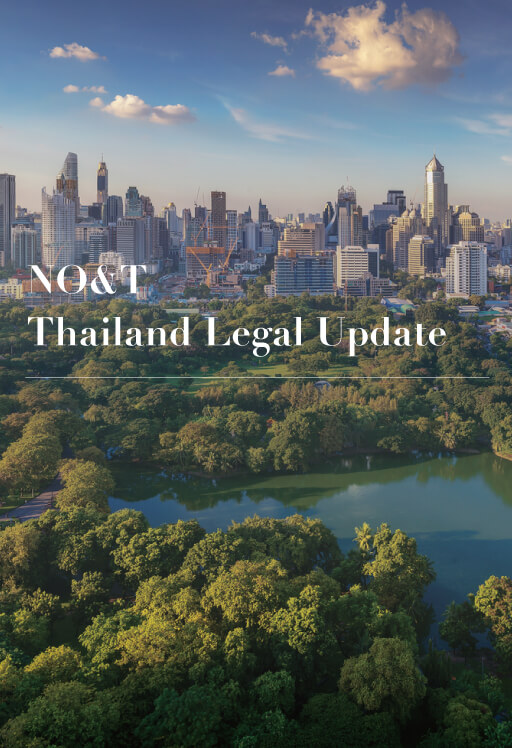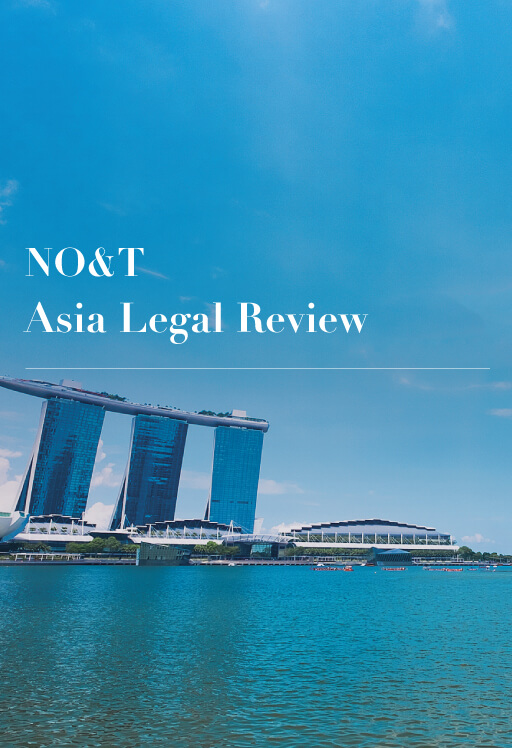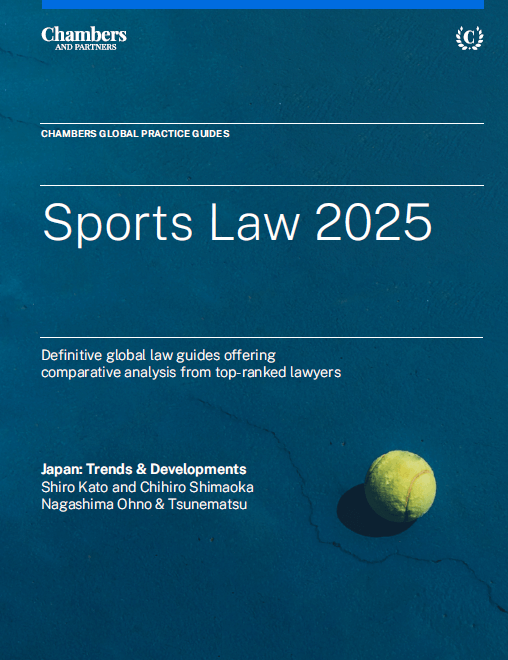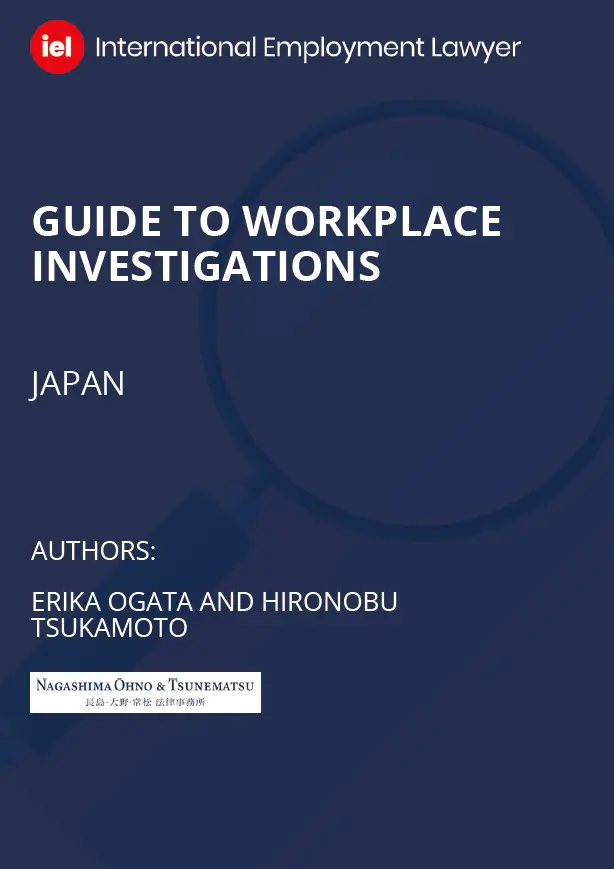
NO&T Thailand Legal Update
The Occupational Safety, Health, and Environmental Act of 2011 (the “OSHA”) is the main legislation governing the protection of labour in relation to occupational health and safety matters in work places. The OSHA stipulates the obligation on employers to provide safety officers, a safety committee, and a safety department to carry out safety matters in their work places in accordance with the relevant criteria, methods, and conditions, under the supervision of the Department of Labour Protection and Welfare (the “DLPW”), the Ministry of Labour.
On 17 June 2022, the Ministerial Regulation on Arrangement of Occupational Safety Officers, Personnel, Department, or Committee to Operate Safety in the Workplace of 2022, dated 2 June 2022 (the “New Regulation”) was published in the Royal Thai Government Gazette. The New Regulation, which becomes effective on 16 August 2022, is issued under the OSHA to entirely revoke the Ministerial Regulation on the Prescribing of Standards for Administration and Management of Occupational Safety, Health, and Environment, of 2006 dated 16 May 2006 (the “Former Regulation”), which was issued by virtue of the Labour Protection Act of 1998 since 2006.
In principle, the New Regulation overhauls the old criteria, qualifications, and requirements for appointment of safety officers, a safety committee, and a safety department in the workplace for several businesses. A summary of the major provisions is as follows:
The New Regulation is applicable to a wide range of businesses in the 64 businesses set forth in the annex to the New Regulation (please see the list at the bottom of this article). It categorizes the target businesses into List 1, List 2, and List 3, which correspond to the level of safety risk in the workplace: i.e., high, medium, and low, respectively. It would appear, from our review, that all of the businesses which are presently subject to the Former Regulation are also covered under the New Regulation; however, some – such as hotels, department stores, and hospitals – are subject to more stringent requirements than those under the Former Regulation. Moreover, the New Regulation is more specific in relation to the businesses subject to it, including in relation to businesses whose operators had, prior to its issuance, been unsure whether the Former Regulation applied to them. Those businesses include but are not limited to zoos; amusement parks; convention halls; cooperatives; securities businesses; insurance businesses; pawnshops; movie studios; sports stadiums; and restaurants or bars with live music or shows for entertainment.
In principle, the target businesses are required to appoint safety officers to supervise and manage the occupational safety, health, and environment in the workplace. The requirements in respect of the level of safety officer vary depending on (i) the categorization of the businesses pursuant to the relevant List under the New Regulation and (ii) the number of employees in the workplace. All are summarized per the table below.
| List of Businesses | Number of employees | Safety Officer at Supervisor Level | Safety Officer at Management Level | Safety Officer at Technical Level | Safety Officer at Advanced Technical Level | Safety Officer at Professional Level | Safety Committee* | Safety Department* |
|---|---|---|---|---|---|---|---|---|
| 1 | 2-49 | ✓ | ✓ | – | – | ✓ | – | ✓ |
| 50 or more | ✓ | ✓ | – | – | ✓ | ✓ | ✓ | |
| 2 | 2-19 | ✓ | ✓ | – | – | – | – | – |
| 20-49 | ✓ | ✓ | ✓ | – | – | – | – | |
| 50-99 | ✓ | ✓ | – | ✓ | – | ✓ | – | |
| 100-199 | ✓ | ✓ | – | – | ✓ | ✓ | – | |
| 200 or more | ✓ | ✓ | – | – | ✓ | ✓ | ✓ | |
| 3 | 20-49 | ✓ | ✓ | – | – | – | – | – |
| 50 or more | ✓ | ✓ | – | – | – | ✓ | – |
*Please see details of legal requirements in respect of Safety Committee and Safety Department below.
Upon consideration of the New Regulation, we understand that many businesses who have duly registered safety officers for their business can continue operation without the need for any new appointment of safety officers. However, we recommend that certain businesses, especially those in the service sector, verify the New Regulation and ensure compliance therewith, since the requirements relating to safety officers with respect to some of them have changed. For instance, the Former Regulation required hotels, department stores, and hospitals which have 20 employees or more to appoint only a safety officer at supervisor level and a safety officer at management level. However, the New Regulation categorizes them as businesses in List 2 and therefore required to additionally appoint a safety officer at technical level or higher level, depending on the number of employees.
Under the New Regulation, the qualifications and duties of safety officers are rather similar to those under the Former Regulation. However, there are some changes, highlighted as follows:
The legal requirements under the Former Regulation with respect to a business with 50 employees or more to establish the Committee on Occupational Safety, Health and Environment of the Workplace (the “Safety Committee”) remain the same under the New Regulation, with the exception of the minor change, under the New Regulation, that the employees can freely choose their representatives on the Safety Committee by any method –i.e., there is no longer the limitation of “election”.
Under the New Regulation, businesses in List 2 who have 200 or more employees, and businesses in List 1, must establish a safety department of the workplace, in the same way required under the Former Regulation. From our reviewing, the New Regulation should not affect those businesses that have already set up a safety department under the Former Regulation. However, businesses which under the Former Regulation had no safety department but whose business falls under List 1 or List 2 under the New Regulation needs to prepare for the establishment of the safety department if the number of their employees reaches the minimum requirement.
This New Regulation also clarifies that an executive (head) of the safety department cannot hold the position of safety officer at professional level for the workplace simultaneously. As a result, if the safety officer at professional level is promoted to be the executive (head) of the safety department, the business must appoint a new safety officer at professional level for the vacant position.
In general, the existing responsibilities of the business to register the appointment of safety officers and submit the safety officers’ operational performance reports periodically remain unchanged. However, the New Regulation introduces new reporting duties on the part of the business, as follows:
The New Regulation is expected to enhance safety in the workplace. During the transitional period, all the existing safety officers, executives (head) of the safety department, and the member in the Safety Committee, appointed or established under the Former Regulation remains valid while the New Regulation remains in effect. However, for any business which has already provided training to employees in order to comply with the Former Regulation but has not yet registered (if legally required) with the DLPW, please note that it is likely that the training program already conducted may not be acceptable under the New Regulation. Furthermore, as the New Regulation is applicable to a wide range of businesses, many businesses, especially those in the service sector, must study and implement the New Regulation since they may be subject to more stringent legal requirements.
Please feel free to contact us if you have any comments or questions.
Lists of types of businesses, annexed to the New Regulation
List1
List2
List3
This newsletter is given as general information for reference purposes only and therefore does not constitute our firm’s legal advice. Any opinion stated in this newsletter is a personal view of the author(s) and not our firm’s official view. For any specific matter or legal issue, please do not rely on this newsletter but make sure to consult a legal adviser. We would be delighted to answer your questions, if any.


Patricia O. Ko


(April 2025)
Shiro Kato, Chihiro Shimaoka (Co-author)


(January 2025)
Hironobu Tsukamoto, Eriko Ogata (Co-author)


Luciana Fransiska


Patricia O. Ko


(April 2025)
Shiro Kato, Chihiro Shimaoka (Co-author)


(January 2025)
Hironobu Tsukamoto, Eriko Ogata (Co-author)


Luciana Fransiska


Patricia O. Ko


Ngoc Hoang


Yuan Yao Lee


Chattong Sunthorn-opas, Thunsinee Sungmongkol (Co-author)


Patricia O. Ko


Ngoc Hoang


Yuan Yao Lee


Chattong Sunthorn-opas, Thunsinee Sungmongkol (Co-author)


Chattong Sunthorn-opas, Thunsinee Sungmongkol (Co-author)


Yothin Intaraprasong, Yosuke Konno, Naruenad Charoenpakdee (Co-author)


Poonyisa Sornchangwat, Kwanchanok Jantakram (Co-author)


Yothin Intaraprasong, Chattong Sunthorn-opas, Thunsinee Sungmongkol (Co-author)